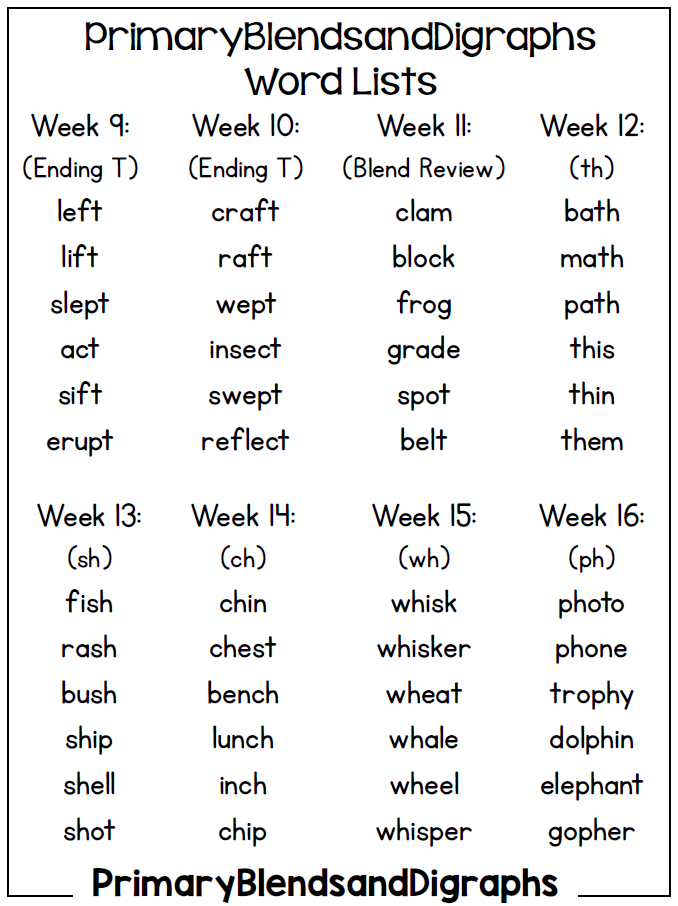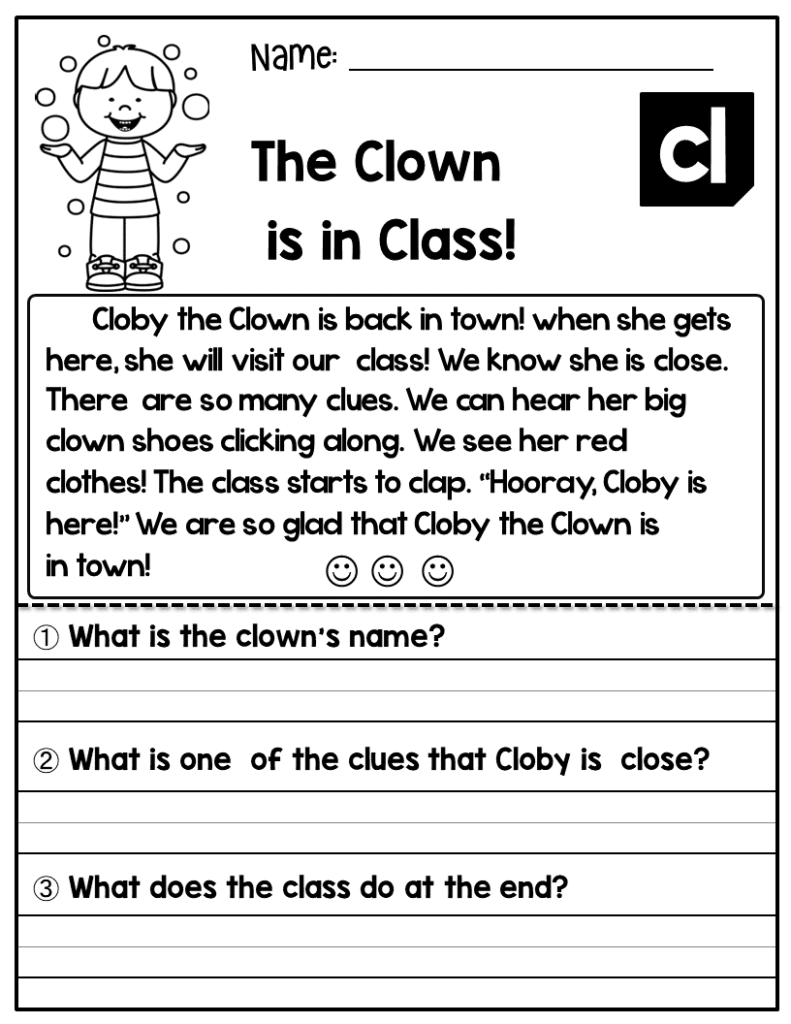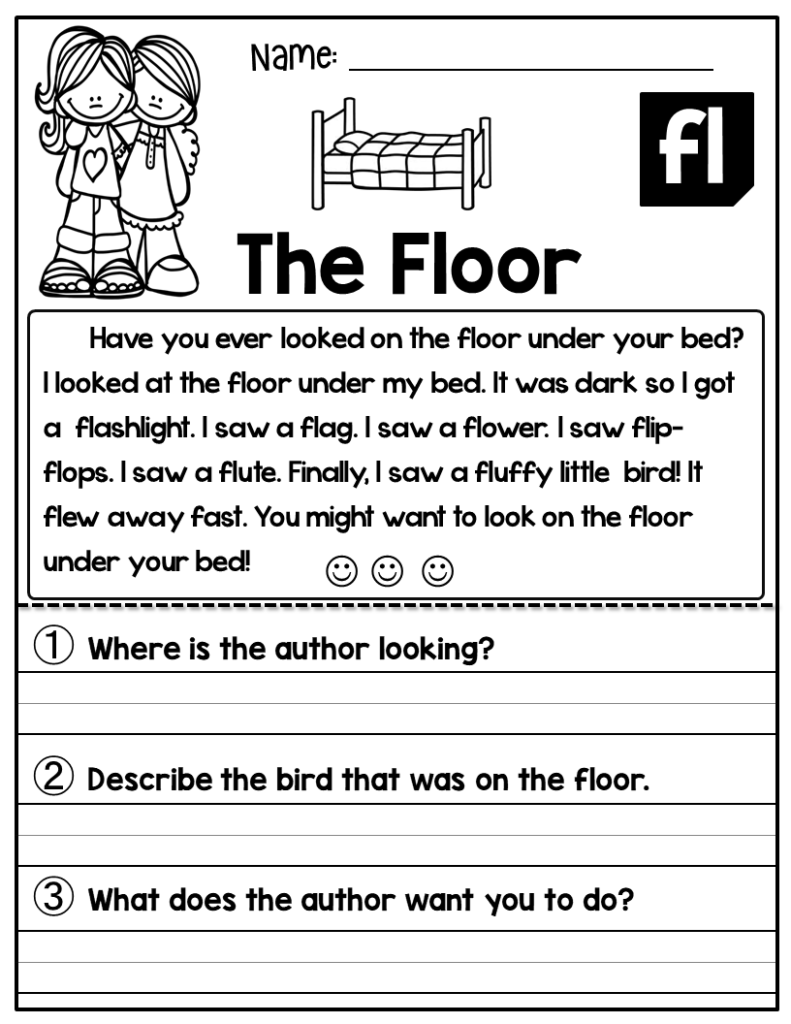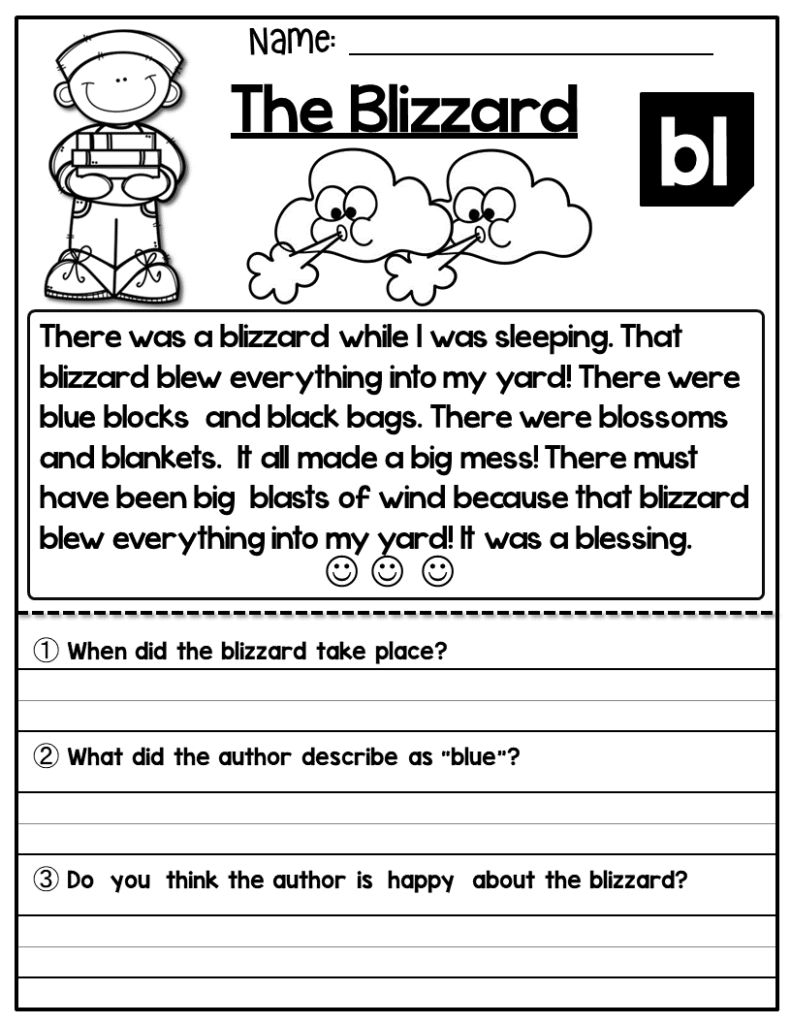Blends vs. Digraphs: Focus on Phonics

If you’re a primary school teacher reading this, you already know how important phonics is in the early grades. Systematic phonics training, in my opinion, is the most essential thing primary and early elementary teachers can do to help young children learn to read. But, why is it so crucial? Explicit phonics teaching teaches youngsters how to translate letters into sounds just before they start to grasp what they read. As young children become more aware of print, they begin to make letter-sound relationships. Phonics is the name given to these linkages. Today, we’ll look at consonant blends and digraphs in greater depth.

Blends of Consonants
Before we get started, let’s look at how blends vary from digraphs. Simply simply, consonant blends are made up of two consonants combined together. Despite the fact that the two letters are merged, you will hear both sounds.
The following are examples of common consonant combinations:

• BL
• BR
• CL
• CR
• DR
• FR
• TR
• FL
• GL
• GR
• PL
• PR
• SL
• SM
• SP
• ST
As a result, the greatest method for teaching new mixes to pupils is to do it in groups. Many primary instructors, for example, may begin by introducing kids to R-Blends. Introduce L-Blends after a week of teaching and practicing this phonetic skill. When that, present the S-Blends after your pupils have had time to learn this collection of blends.

Digraphs with Consonants
Then there are digraphs. Digraphs feature two letters, like like blends, but only one sound is produced. It’s a bit more difficult for your tiny ones now, because it’s not just one letter sound or the other. Neither the /C/ nor the /H/ sound can be heard in the digraph CH. Consonant digraphs have only one sound, which is a distinct, new sound for that letter combination.
The following are the most common consonant digraphs:
CH
• SH
• TH
• CK
• NG
• NK
• WH
• PH

I’d like to take a moment to mention that some people believe that regulations are designed to be broken. The laws of phonics are no exception! Do you recall that consonant digraphs produce a new, distinct sound, and that you don’t hear the sound for one letter or the other in a particular combination? Let me introduce you to the concept of silent letter combinations. These are less frequent digraph combinations, and they include:
• KN
• WR
• GN
• MB
A Few More Points to Consider When It Comes to Blends and Digraphs
There are other blends that have three consonants in them. These are referred to as trigraphs. Once pupils have mastered the corresponding blends group, trigraphs can be presented. spl, scr, and tch are examples of trigraphs.
When teaching blends and digraphs to young children, visual representations are crucial, especially if they are struggling readers. Including posters or task cards with illustrations is a fantastic idea. Mrs. Brittany Yeary-Griffis saw this SUPER CUTE little shark chart on Pinterest.

What is the best order to teach blends and digraphs?
Teachers frequently ask this issue or express concern about it. What is the best way to teach blends and digraphs? Blends should be taught before digraphs, however you should choose the ideal technique for YOUR children. Students are learning to spot patterns in words while learning about consonant blends. Other useful teaching techniques may be found on our website. Learning these patterns initially aids in the establishment of a solid foundation for digraph education.

Blends and Digraphs: Lesson Plans
Although there are several approaches to introducing phonics teaching, most pupils will benefit most from clear, methodical training. This can be performed through small-group activities or even whole-group learning facilitated by the teacher. Using a visual aid such as a film to engage kids and familiarize them with both blends and digraphs is an excellent method to do so.
The movies made by the Electric Company were by far my favorite technique to engage kids into the lesson as a first-grade teacher! The whole episodes can be seen on PBS Learning Media, but the phonics videos may be found on the Electric Company’s YouTube page HERE. The majority of these movies include music, which is excellent for motivating pupils to study. They are having a great time! My favorite for teaching the r-blends tr and dr is the one below.
I adored gathering my pupils around my kidney-shaped teaching table for small group activities. For each student, I would pull out markers, erasers, and marker boards. We’d get together and drill consonant blends and new digraphs with the use of word cards and decodable books geared toward phonics abilities. Specifically, decodable texts are brief paragraphs or booklets that kids can easily decode using their sight words and whatever phonics skill is being taught, practiced, and/or reinforced.

Roll and Read was one of the children’ favorite activities to play at the teacher table. It was quite simple for me to set up. It was as simple as printing, laminating, and adding dice. Boom! And the students believed they were only participating in a game! Although this was true, kids were also using blends and digraphs to improve their word identification and oral reading fluency. Don’t you simply love it when you can cram as much fun as possible into your studies?
Technology-based activities on their own
While I enjoy working with kids one-on-one or in small groups during phonics teaching, it is critical that they become independent readers. With this in mind, I’ve prepared a phonics bundle for blends and digraphs as a digital resource. This set focuses on the phonetic skills that your pupils will need to become successful, independent readers. This material is also ideal for pupils in first and second grade who are on track. It also performs effectively as an additional intervention for pupils in third grade who are performing below grade level. These Google Slides are made to keep your youngsters entertained as they practice their word skills!

With letter tiles, word ladders, word puzzles, and a variety of other games, kids have the perfect chance to practice their abilities in a fun, engaging way. There are a plethora of strategies to interest your pupils in phonics education.
What Methods Do You Use to Teach Blends and Digraphs?
Finally, regardless of how you choose to teach consonant blends and digraphs to your pupils, we can all agree that these are critical abilities for beginning readers to learn on their way to reading fluency. I’d want to know how you educate your kids about blends and digraphs. Please leave a remark below so that we can communicate! You may also subscribe to my emails to receive unique access to goodies that I exclusively send to my website readers! I’m looking forward to talking with you!



Get your hands on the free resource attached in the button below. Just click on the preview and download button or the get it here button. We provide also here on our website more free resources just leave feedback!




One Comment